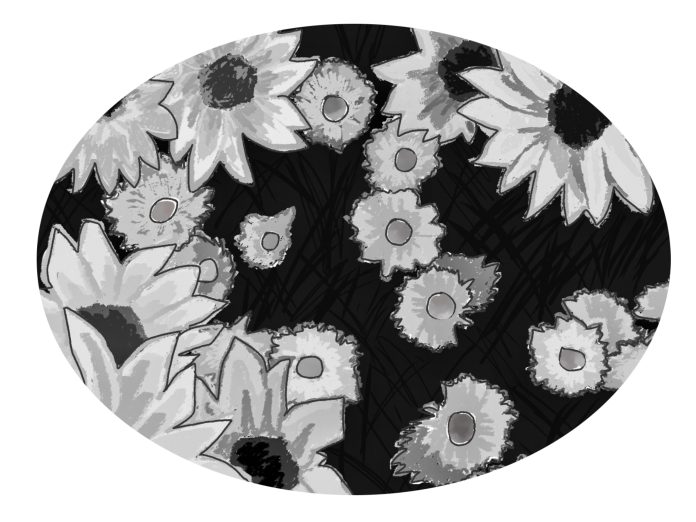POET John Iremil Teodoro’s “Sommarblommor: Poems Written in Europe” consists of poems about his European wanderings but written in his native Kinaray-a, with English translations. The result is a travel poetry that somehow relives the freshness and uniqueness of the travel experience.
Published by the UST Publishing House, the title of the book is the Swedish word for summer flowers, “Sommorblommor” is reminiscent of Teodoro’s evening walks in Sweden as the fading sunlight kisses the flowery fields goodnight.
The collection was originally his travel notebook of the same name, as well as a tribute to a book bought from a store in Lenhovda, Sweden. Much of Teodoro’s poems were written there, inspired from the sceneries he observed during his stay.
He writes in such a way that his native language Kinaray-a allows his poems to reconcile the strange and unfamiliar world with the warmth of his tropical homeland, giving his poems a universal appeal.
Teodoro went to Europe to visit his niece, regularly conversing with her in Kinaray-a. In his travels, he went to Copenhagen’s statue of the Little Mermaid, Heidelberg whose flowers are memorialized in Rizal’s famous poem, and to the grave of Wislawa Szymborska, the Nobel laureate whose poetry the author admires.
One of Teodoro’s poems dedicated to Copenhagen crosses the somber weather during his visit and to what seems his impression of the mystery of its architecture.
In Kinaray-a, he writes “sa diin ang imong tagipusuon?” This line translates to Teodoro wondering “nasaan ang iyong puso?”, and in English, “where is your heart?”
He asks “why do you feel forlorn, in the midst of your green trees and grass?”, which in original Kinaray-a is “Andët may pagpan- galisëd, sa kalagtëm kang imong mga kahoy kag hilamon?”, and “Bakit may pagluluksa, sa lunti ng iyong mga kahoy at damo?” in Filipino.
Later on, this dillema was resolved when Teodoro narrates the ripening of a tree by a nearby bridge, where he has finally found the “heart” that is hidden.
As if attempting to bridge the great chasm between his native land and the new country he finds himself in, Teodoro expresses the similarity of the European pine trees with the ones in Baguio.
His poetry captures the beauty of Europe, whether in the language of Antique’s Kinaray-a, in the more known Filipino, or in English. “Sommarblommor” has a total of 35 poems divided into three sections: “Mga Búlak sa Tingadlaw” the poems in Kinaray-a; “Mga Bulak sa Tag-araw”, the poems in Filipino; and “Summer Flowers”, the poems translated into English.
Though one may worry about not understanding the poems because of language barriers, Teodoro assures his readers through the translations that the essence of poetry transgresses what the lips speak.
Alice Sun-Cua, who helped translate the poems, said “[The] collection summarizes the big-eyed wonder of a first-time traveler to the Old World translated from his Kinaray-a and Filipino elements into a dizzying kaleidoscope of surprising, happy encounters.”
Commentary included in the book features Isidoro Cruz, who dubs Teodoro’s poetry collection as “converse.” For him, Teodoro’s poetry narrates more than it writes, and that the poet expresses the truth from his eyes in “Sommarblommor”.
“Although his poems are set in Europe, here we are never too far from the ‘archipelago of his heart,’” Cruz remarks.
“Sommarblommor: Poems Written in Europe” was formally launched at the Solidaridad Bookshop last Jan. 25. S. B. F. Navarro














